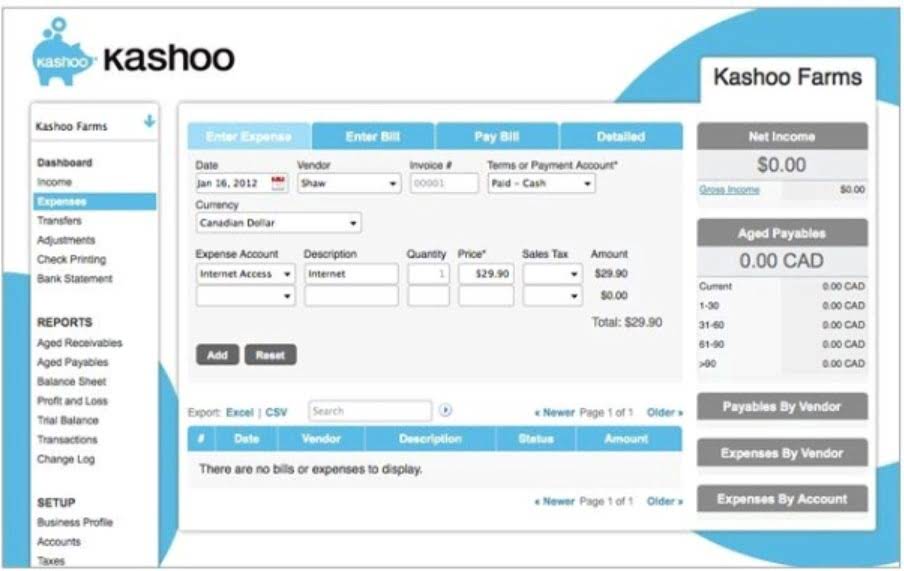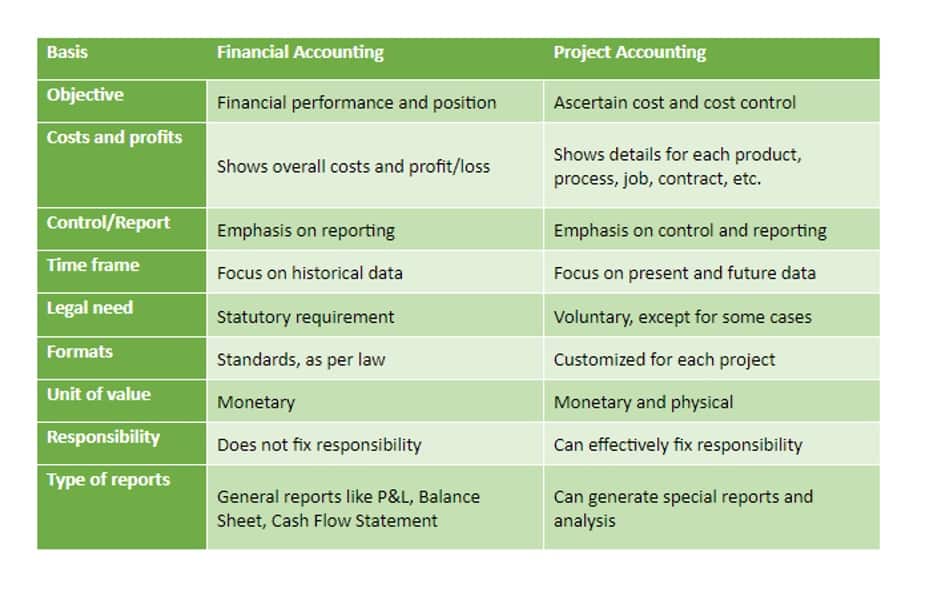
The amortization period begins with the month in which such costs were paid or incurred. Generally, you may use only the amounts shown next to “Qualified nonrecourse financing” and “Recourse” to figure your amount at risk. Do not include any amounts that are not at risk if such amounts are included in either of these categories. An estate is a qualifying estate if the k1 definition decedent would have satisfied the active participation requirement for the activity for the tax year the decedent died. A qualifying estate is treated as actively participating for tax years ending less than 2 years after the date of the decedent’s death. If you are a limited partner, you must meet item 1, 5, or 6 above to qualify as having materially participated.

Portfolio income is income that is not generated by the normal activities of the partnership. Box 1 will reflect your share of Ordinary Income from the activities of the partnership. The type of Ordinary income received may change depending on whether you were materially participating in the Partnership’s activities or not. For more information about guaranteed payments and other kinds of payments partnerships make to their partners, see this guide from the IRS.
Part III, Partner’s Share Deductions and Credits
The corporation will report on an attached statement your share of qualified food inventory contributions. The food inventory contribution isn’t included in the amount reported in box 12 using code C. The corporation will also report your share of the corporation’s net income from the business activities that made the food inventory contribution(s). Use this amount, along with the total cost of section 179 property placed in service during the year from other sources, to complete Part I of Form 4562, Depreciation and Amortization. The corporation will report on an attached statement your share of the cost of any qualified enterprise zone property or qualified real property it placed in service during its tax year. Report the amount from line 12 of Form 4562 allocable to a passive activity using the Instructions for Form 8582.
Schedule K-1 is an important part of the partnership tax return process. It helps you and the IRS figure how big your piece of the pie is in the partnership and determines each partner’s taxable income—and by extension, tax liability. Schedule K-1s must be prepared and made available by March 15 each year.
What is a K-1 Tax Form?
At the end of the year, the S Corp files the Form 1120-S and distributes schedule K-1 forms to its stockholders. The stockholders then report their share of the business’s rental income and expenses on their individual tax returns. The Schedule K-1 tax form is an important document to report investment income taxes and must be provided to each partner or shareholder by the partnership, S corporation, or trust.
